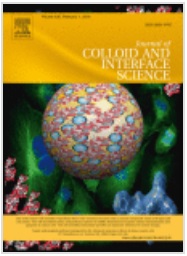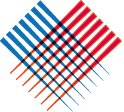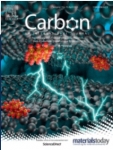Currently marketed drug-eluting stents are non-selective in their anti-restenotic action. New active substance introduction to polymeric stents and vascular grafts can promote early re-endothelialization, crucial in preventing implant restenosis. Additionally, managing material hydrophobicity by blending synthetic polymers limits adverse effects on bulk properties and controls active substance release. However, the influence of hydrophilic synthetic polymer on human cells in the cardiovascular system remains to be determined. In this report, effects of both poly(ε-caprolactone) (PCL) fibers hydrophilization with Pluronic P123 (P123) and cilostazol (CIL) loading were studied.
Physicochemical and mechanical properties of electrospun tubular structures produced from PCL and PCL/P123 fibers with and without CIL were investigated and compared. Release profiles studies and in vitro cell proliferation assays of electrospun materials were conducted. It was found that P123 located near the surface of electrospun fibers increased the rate of CIL release. PCL formulation sustained human umbilical vein endothelial cells (HUVEC) growth for 48 h. Despite improved hydrophilicity, PCL/P123 formulations were found to reduce HUVEC viability. Both PCL and PCL/P123 materials reduced primary aortic smooth muscle cells (PASM) viability after 48 h. In PCL formulations containing CIL, drug release caused a decrease in PASM viability. P123 blending with PCL was found to be as a useful pre-fabrication technique for modulating surface hydrophobicity of electrospun materials and the release profile of incorporated active substance. The cytotoxicity of P123 was evaluated to improve the design of drug-loaded vascular grafts for cardiovascular applications.



